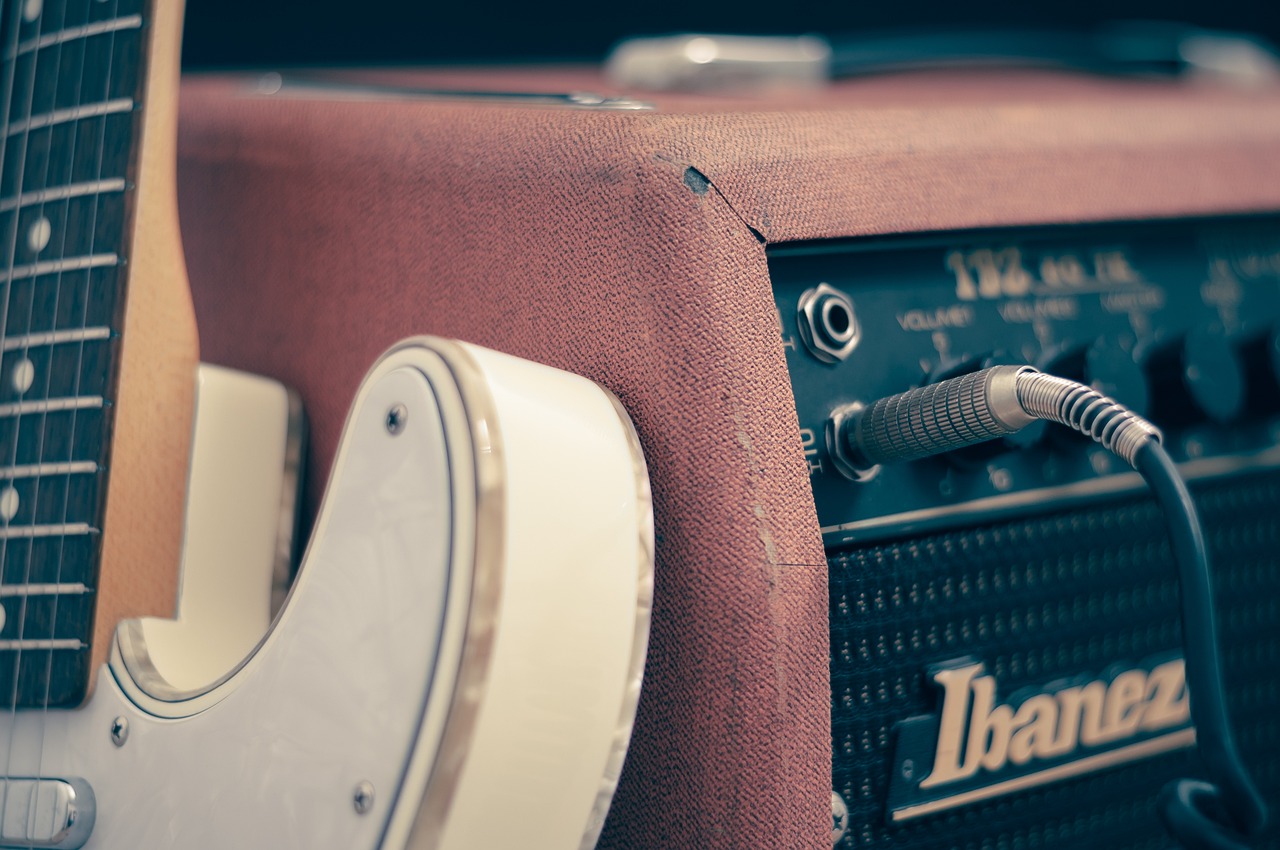Guitar feedback is a complex phenomenon that occurs when amplified sound from a guitar’s strings is picked up by its own pickups and re-amplified, creating a loop of sound that can lead to sustain harmonics and sometimes screeching noise. The guitar and amplifier form a dynamic partnership, with the guitar’s pickups capturing string vibrations and converting them into electrical signals. These signals are then sent to the amplifier, where they are transformed back into sound waves.
Feedback loops can be categorized into positive and negative feedback. Positive feedback occurs when the amplifier reinforces the original signal, resulting in sustained notes and harmonics, while negative feedback can lead to screeching and uncontrollable noise. Resonance plays a crucial role in feedback generation, as certain frequencies produced by the guitar match the resonant frequencies of the guitar body or amplifier, leading to the characteristic sustained notes and harmonics that define guitar feedback.
Skilled musicians have developed techniques to control feedback, such as adjusting the distance between the guitar and amplifier, using EQ adjustments, and employing devices like feedback eliminators. The design and construction of a guitar play a significant role in feedback generation, with factors such as wood type, body shape, and soundholes contributing to the instrument’s resonant frequencies and susceptibility to feedback.
Feedback has been embraced by legendary musicians like Jimi Hendrix, Eddie Van Halen, and The Edge, who have used controlled feedback to create unique and unforgettable sounds. Experimental uses of feedback have challenged traditional notions of sound and composition, from avant-garde compositions to noise music.
The evolution of guitar feedback in music genres has influenced its perception and use, with its roots in rock and blues to punk, shoegaze, and experimental electronic music. Other musical instruments, such as violins, saxophones, and electronic synthesizers, can also produce and manipulate feedback to create intriguing and diverse sounds.
In recording studios, recording engineers and producers have learned to harness the power of feedback by using carefully positioned microphones, isolation techniques, and post-production effects to capture the raw energy of feedback while maintaining clarity and balance in the final mix.
Feedback in the digital age has transformed feedback from an unpredictable phenomenon into a controllable artistic tool for musicians and sound engineers. With advancements in technology, musicians can simulate and manipulate feedback digitally, expanding the sonic possibilities in live performances and studio recordings. Acoustic guitars can also produce feedback under certain conditions, especially when amplified at high volumes.
Prolonged exposure to high volumes of guitar feedback can potentially contribute to hearing damage, so it’s important to use proper hearing protection when performing or attending concerts. Feedback eliminators use sophisticated algorithms to identify and suppress frequencies prone to feedback, allowing for greater control over live sound.
Feedback can be considered a form of musical expression, as many musicians view feedback as a unique and expressive tool that adds depth and character to their music. Famous songs that prominently feature guitar feedback include “Purple Haze” by Jimi Hendrix and “I Want You (She’s So Heavy)” by The Beatles.
Feedback sculpting transcends genres, with artists across various music genres utilizing its potential. Avant-garde musicians push the boundaries of feedback manipulation, using unconventional techniques and setups to create otherworldly sounds.
In live performances, feedback takes on a dynamic role, with musicians interacting with their instruments and amplifiers, coaxing feedback to respond to their gestures. The energy of the audience and the acoustics of the venue further contribute to the evolving feedback landscape.
The future of feedback sculpting is promising, with AI-assisted feedback generation, immersive spatial audio, and interactive feedback installations hinting at a future where feedback becomes an even more integral part of musical experiences.
In conclusion, feedback sculpting has transformed feedback from an unpredictable phenomenon into a controllable artistic tool, allowing musicians and sound engineers to shape feedback to convey emotions, evoke atmospheres, and push creative boundaries. As artists continue to explore the depths of feedback, they embark on an exciting sonic journey into uncharted territories.

